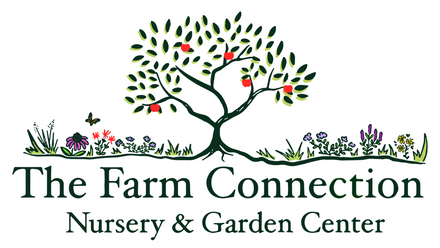Buckeye, Ohio, Bare Root
Early Blooming Tree for Wildlife Habitat
Buckeye, Ohio, Bare Root - Bare Root / 6-18" Seedling is backordered and will ship as soon as it is back in stock.
Couldn't load pickup availability
Delivery and Shipping
Delivery and Shipping
Make sure to thoroughly review our entire "Shipping, Returns, Refunds, and Our Guarantee" page for all relevant details about ordering from our store.
Making a purchase from our store constitutes an agreement to all the conditions outlined in those policies.
We appreciate your support and look forward to being your favorite plant provider!
Subscribe to our newsletter
Sign up for exclusive offers.
Buckeye, Ohio (Aesculus glabra)
Ohio Buckeye is a medium-sized native tree known for its distinctive palmate leaves, early spring flowers, and nut-like fruits. Native to the Midwest and parts of the Great Plains, this tree supports pollinators with its nectar-rich blooms and provides valuable cover and structure in woodland and riparian ecosystems. Though the nuts are toxic to humans and livestock, they are a historical part of folk medicine and Indigenous traditions. Ohio Buckeye is a great addition to riparian plantings, native hedgerows, rewilding projects, and diverse forest understories.
Key Characteristics
-
Early-season blooms support native pollinators
Ohio Buckeye flowers in mid to late spring with upright clusters of greenish-yellow flowers that provide nectar for hummingbirds, bumblebees, and early solitary bees. Its early bloom helps bridge seasonal gaps in pollinator forage. -
Host plant and habitat structure for wildlife
The tree supports a variety of insect species and offers shelter and nesting habitat for birds and small mammals. Though the nuts are inedible for most wildlife, the dense canopy creates important microclimates and nesting cover in woodland edges. -
Traditional medicinal and cultural uses
While toxic if consumed raw, Buckeye seeds were traditionally used by some Native American groups for poultices and topical treatments. The tree's name derives from the resemblance of its shiny brown seeds to a deer’s eye. -
Excellent for native landscapes and woodland edges
Ohio Buckeye’s moderate height and dense, rounded canopy make it well-suited for understory planting, transition zones, and riparian buffers. It thrives in semi-shaded conditions and adds valuable seasonal interest. -
Best in moist, well-drained soils with partial sun
This tree prefers medium to medium-wet soils and does well in partial shade to full sun. It is most successful in woodland restorations, streambanks, or as part of a multi-species native hedgerow.
Product Details
- Native Range: Midwest and Eastern U.S.
- Plant Life Cycle: Deciduous tree
- Sun Requirements: Part sun to full sun
- Soil Requirements: Medium to medium-wet
- Mature Height: 20–40 feet
- Bloom Time: April–May
- Bloom Color: Yellow-green
- USDA Hardiness Zones: 3–7
Ohio Buckeye adds spring beauty, structural diversity, and pollinator support to native landscapes. A hardy, functional tree for woodland edges, streambanks, and rewilding efforts.
-
Sun RequirementsPart Sun/Shade, Full Sun
-
Soil RequirementsMedium
-
Bloom ColorYellow, Green
-
Bloom TimeApril, May
-
USDA Hardiness ZonesZone 4, Zone 5, Zone 6, Zone 7
Payment & Security
Payment methods
Your payment information is processed securely. We do not store credit card details nor have access to your credit card information.




